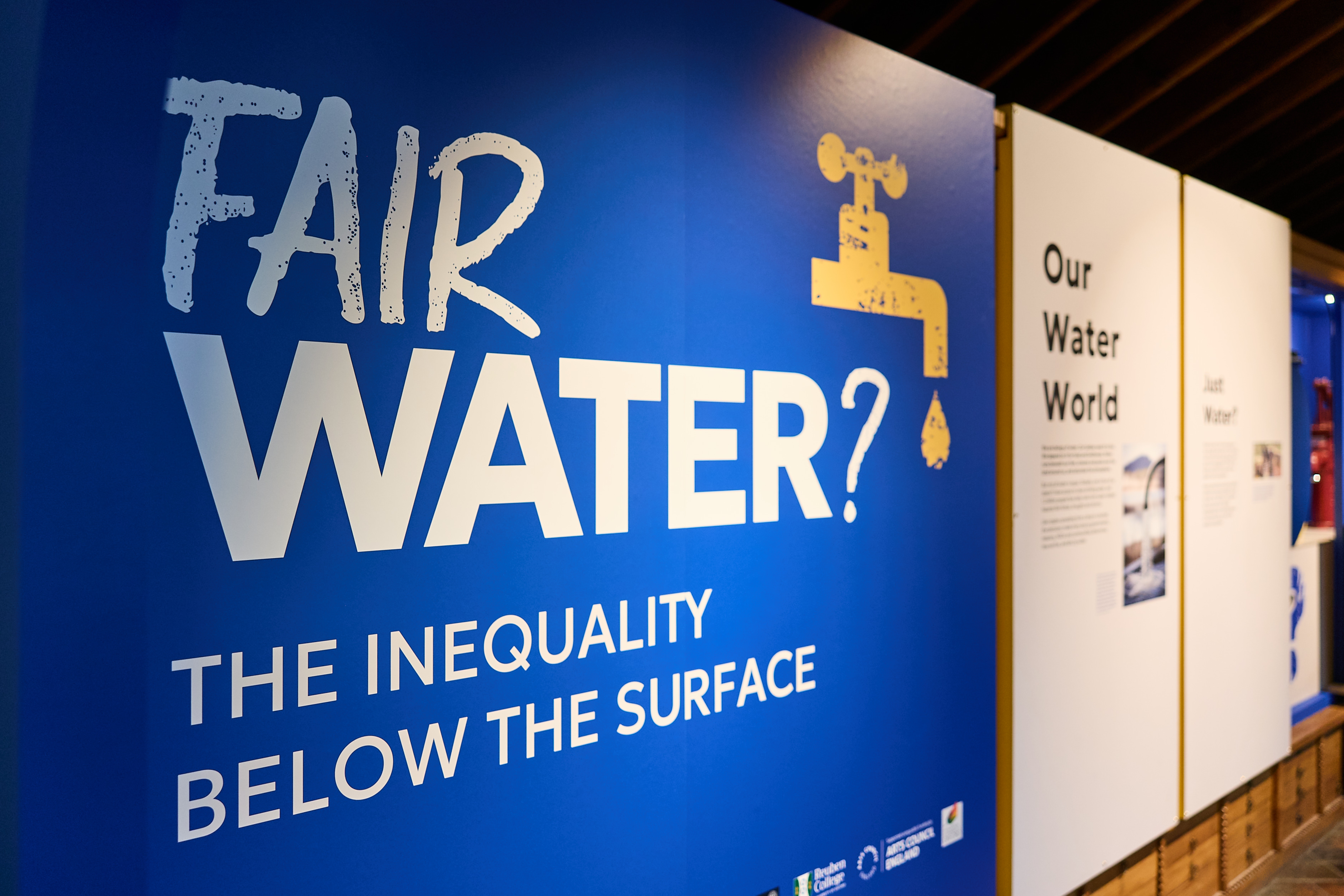Fair Water? The people behind the exhibition
In brief
For World Water Day, Emma Schneck interviewed Katrina Charles and Alice Chautard before the launch of their latest immersive exhibition at Oxford’s Museum of Natural History ‘Fair Water?’, showcasing the reality of global water inequality.
All image credits to: Ian Wallman
Overview
For World Water Day, Emma Schneck interviewed Katrina Charles and Alice Chautard before the launch of their latest immersive exhibition at Oxford’s Museum of Natural History ‘Fair Water?’, showcasing the reality of global water inequality.
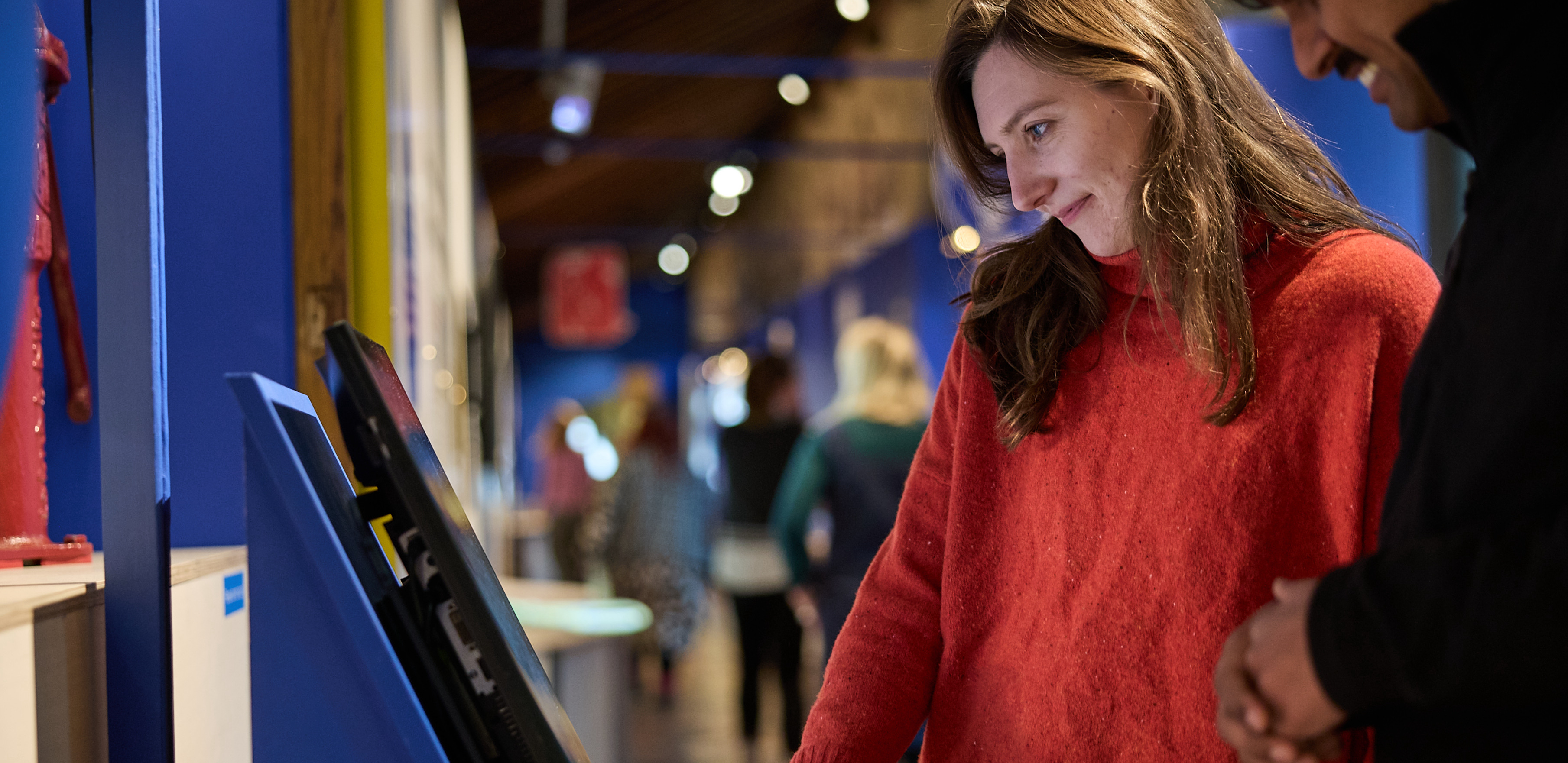
The ‘Fair Water?’ exhibition at the Oxford Museum of Natural History brings together the work of artists, researchers, and organizations from all over the world to showcase the reality of global water inequality. This groundbreaking exhibition is the product of a years-long collaboration between the Oxford-based REACH research cluster and several of its research partners located in Kenya, Ethiopia and Bangladesh. It highlights the work of Ethiopian photographer, Aïda Muluneh, alongside a global cohort of artists and researchers intermixed with interactive installations that guide visitors through the intricacies of global water security.
I was fortunate enough to be able to sit down with two of the exhibition’s research organizers: Katrina Charles, the academic lead for the Fair Water? exhibition — and Alice Chautard, Communications and Knowledge Exchange Manager for REACH. These two Oxford leads were eager to share more insight into the exhibition, how this massive collaboration came about, and what it was like organizing the first social science-led exhibition to be featured in Oxford’s Museum of Natural History:
Could you explain a bit more about the Fair Water?
AC: “The exhibition is very immersive. The concept is that the audience will walk along a river from its source to its mouth, and as they walk along the river, they pass across different geographies. It will go from Ethiopia through Kenya and Bangladesh and alongside they come across different issues and weave them through the art and the interactive pieces.”
KC: “It builds on our program called REACH. We've been working for eight years with funding from the Foreign Commonwealth Development Office to improve water security for the poor working in Bangladesh, Ethiopia, and Kenya. This exhibition brings together much of that research from 100 odd researchers across multiple countries who've been doing work on water security.”
What is the main message of the exhibition?
KC: “A big part is to make sure that it gives [the audience] hope and agency as well as the opportunity to think about what they can do differently. [...] I think what we most want people to leave with is that agency or hope to make a difference. We don't want to just overwhelm them with negative messages on how Water Security is so difficult and complex. Water Security is a major issue in how we think about climate change adaptation. We want to provide a sense of knowing that there's important work, valuable work going on in this space and they have agency as well to help inform these processes to think about what this means in their own local situation.”
AC: “What this exhibition does is tie all of these issues together with an underpinning theme that examines water inequalities. It asks ‘why are there inequalities’? To address those inequalities, decisions need to be made from the household level all the way to the national and international levels. So it's both about cross cutting themes, and understanding how inequality runs through all these themes, but also focuses on the decisions that need to be addressed to combat water inequalities.”
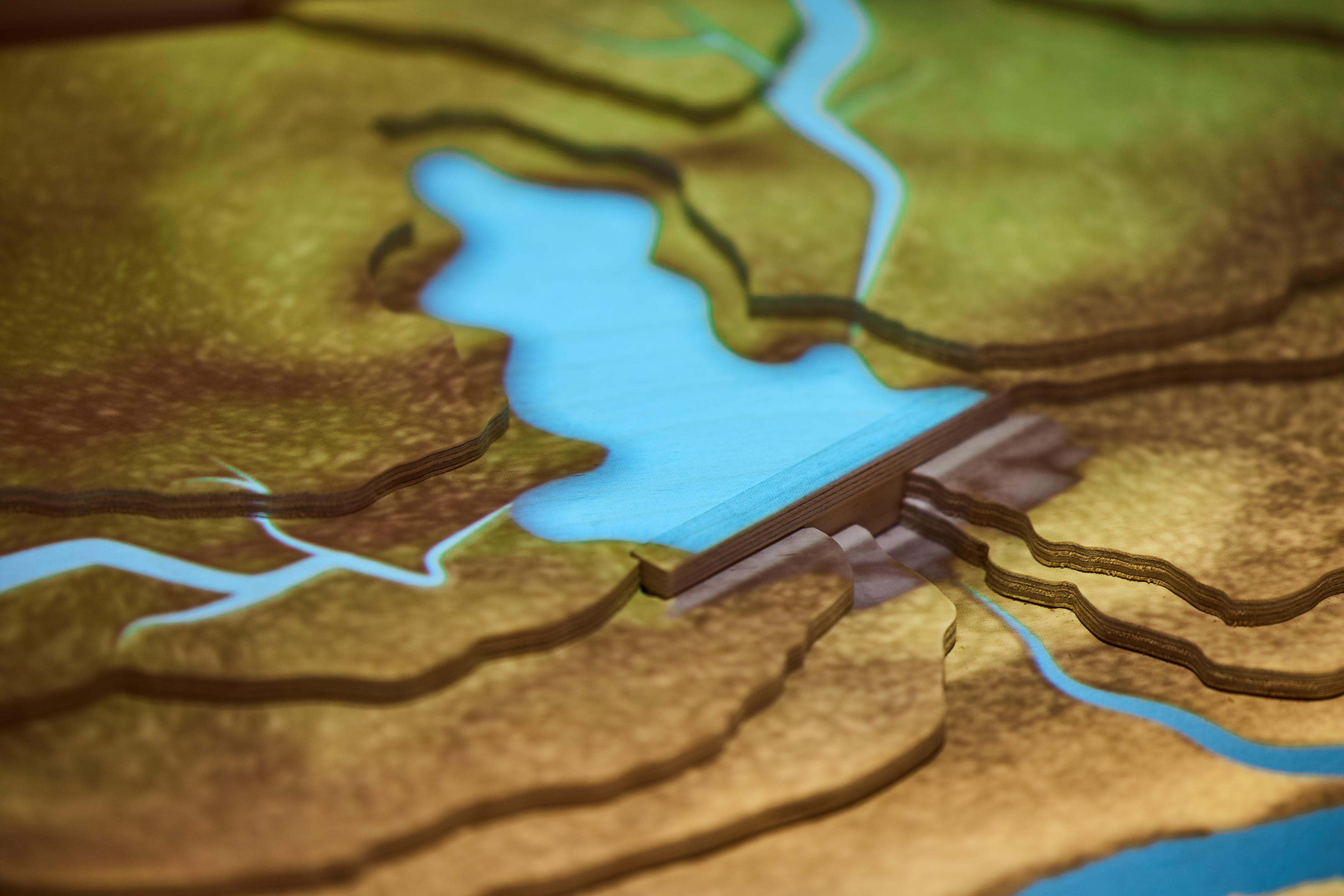
How did you select these specific art pieces and stories?
KC: “The main idea is to think about the exhibition like you're travelling along a river and understanding different issues as you move along. So ideally we brought those ideas and pieces very much to life along that landscape. Very early on in the process, Alice identified some photography by Aïda Muluneh, an Ethiopian photographer, because we really wanted this exhibition to represent the diversity of people who are involved in it and really represent the countries where this research is done.
Generally the exhibition is not about the people very much, it's about the research. However, we've been very conscious to make sure that we're reflecting the equity and diversity principles within the program within the people who have been chosen for the exhibit. [...] We’re making sure that we're representing the communities that we're working with in an ethical way.”
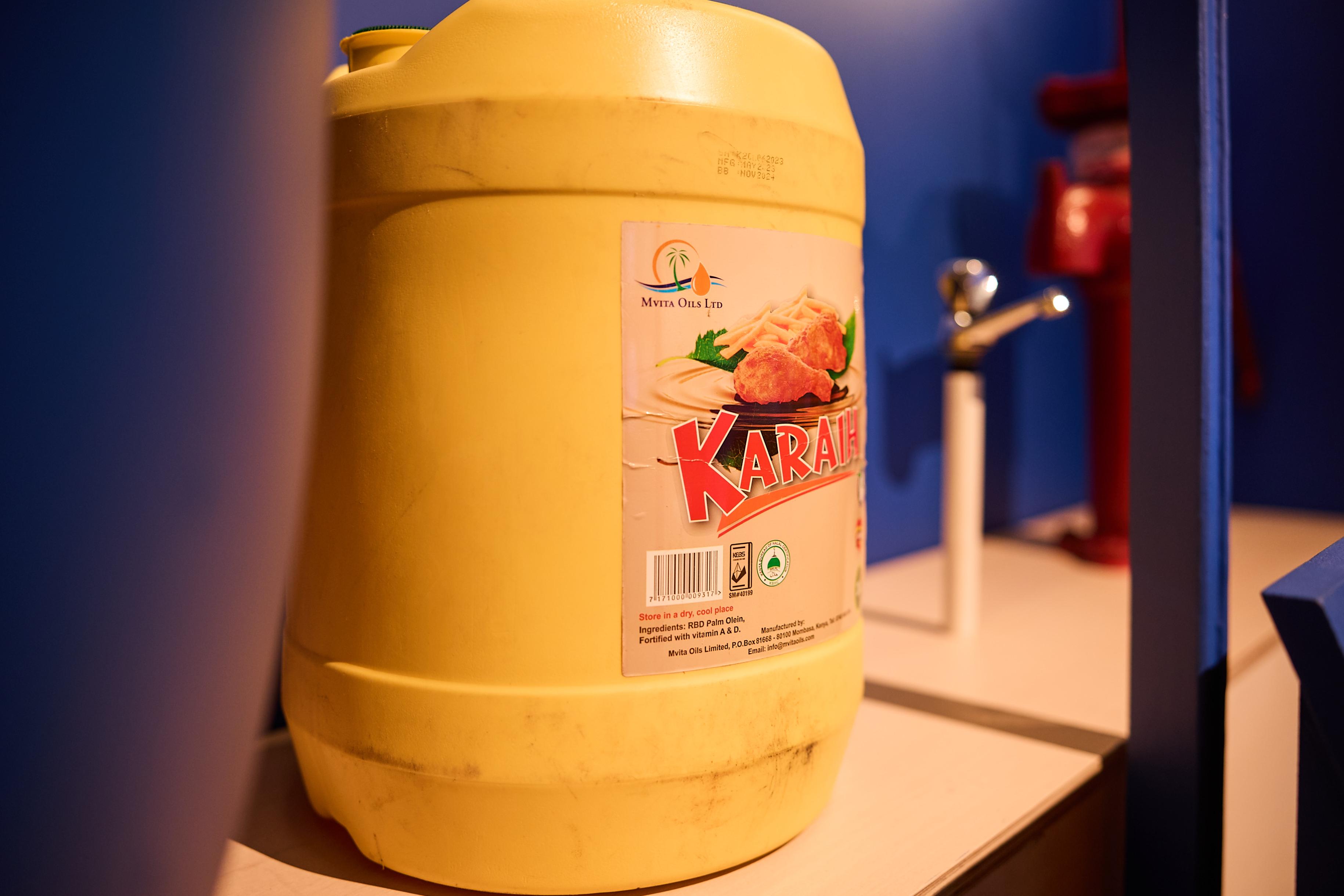
Are there any pieces in the Fair Water exhibit that really speak to you, or that you are particularly excited for people to see?
AC: “Personally, I'm a photographer, so I love photography and I think Aïda Muluneh's series is really bold and striking and evocative. So that's the one that I'm particularly looking forward to seeing!”
KC: “One of the things we have in the exhibition is this yellow jerrican. For Kenyans, this can is just so familiar. This is how you collect water, but it's also a food oil container that's been cleaned out. And so it looks quite odd to people who aren't used to this, but just seeing people interact with that at the exhibit and hearing all the stories of people from their childhoods of growing up carrying the water in their different contexts across Asia and Africa was exciting. It was really, really touching to see that and also see researchers get really excited to see their work projected up there as well.”
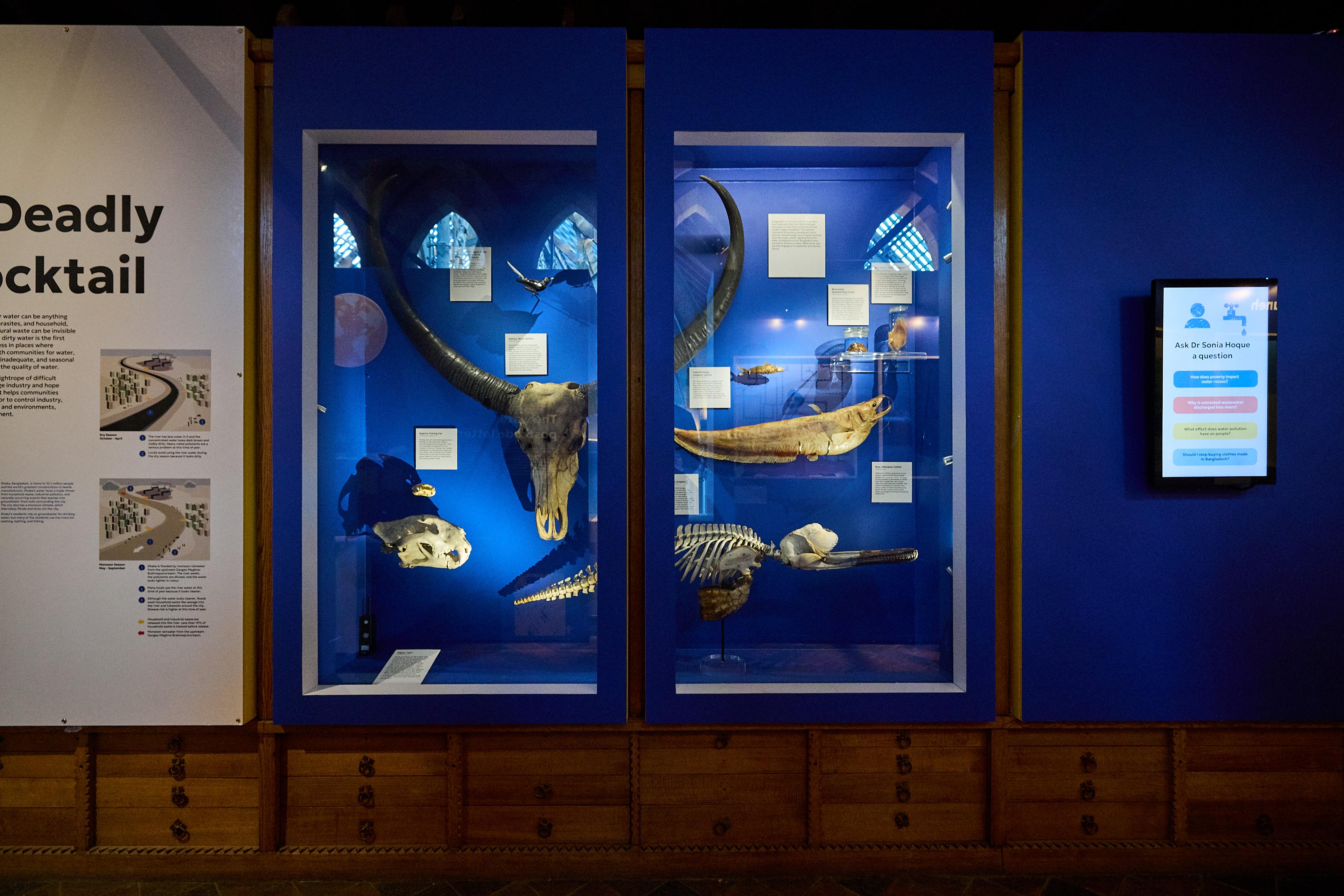
What do you envision as the future for the ‘Fair Water?’ exhibition?
KC: “One of the really exciting things about this exhibit is that it’s designed to travel. We can take it on the road to different places to engage different groups of people in conversations. We have a whole programme of events happening in Oxford, which include a mix of research talks aimed at increasing public engagement with science, but also bringing government and practitioner partners together.”
AC: “It'd be great to have the exhibit go back to be exhibited in countries like Kenya and Bangladesh, where much of the research is from. [It would also be great] to hear back from people in Ethiopia and Bangladesh on what they think about the exhibition. Then a complete opposite to that would be taking it in a place that is completely different, maybe in Latin America or Australia, and have this exhibition there. I think some of the issues and context would be very different, but also I think there will inevitably be a lot of connections. Especially given that Australia is a really dry continent, it would possibly share some of the similar issues.”
___________________________________________________________________
The Fair Water? Exhibition runs from 23rd November 2023 to 1st September 2024 at the Oxford Museum of Natural History.
The Fair Water? Exhibition is a research outcome of the Oxford-based REACH research programme and is sponsored in part by The Foreign Commonwealth Office.
The School of Geography and the Environment’s Student Writing Team

Our SoGE student writing team is a vibrant community where students with a passion for science communication can thrive and learn. Whether an undergraduate or pursuing a DPhil in Geography, our student writers contribute valuable insights, fresh ideas, and a passion for science communication that adds vibrancy to our community. Find out more.
Emma Schneck (she/her) is a student on the MSc Nature, Society and Environmental Governance course and one of the School of Geography and the Environment’s Science Writers. In addition to her coursework, Emma enjoys working as one of the head editors for the Anthroposphere—a multimedia climate magazine based in the University of Oxford. Her main interests include climate justice, climate-induced migration, environmental politics, and small island state representation in the UNFCCC. Her most recent dissertation research explores ocean conservation governance and liminal political movements in Tenerife, Spain.
In brief
For World Water Day, Emma Schneck interviewed Katrina Charles and Alice Chautard before the launch of their latest immersive exhibition at Oxford’s Museum of Natural History ‘Fair Water?’, showcasing the reality of global water inequality.
All image credits to: Ian Wallman


